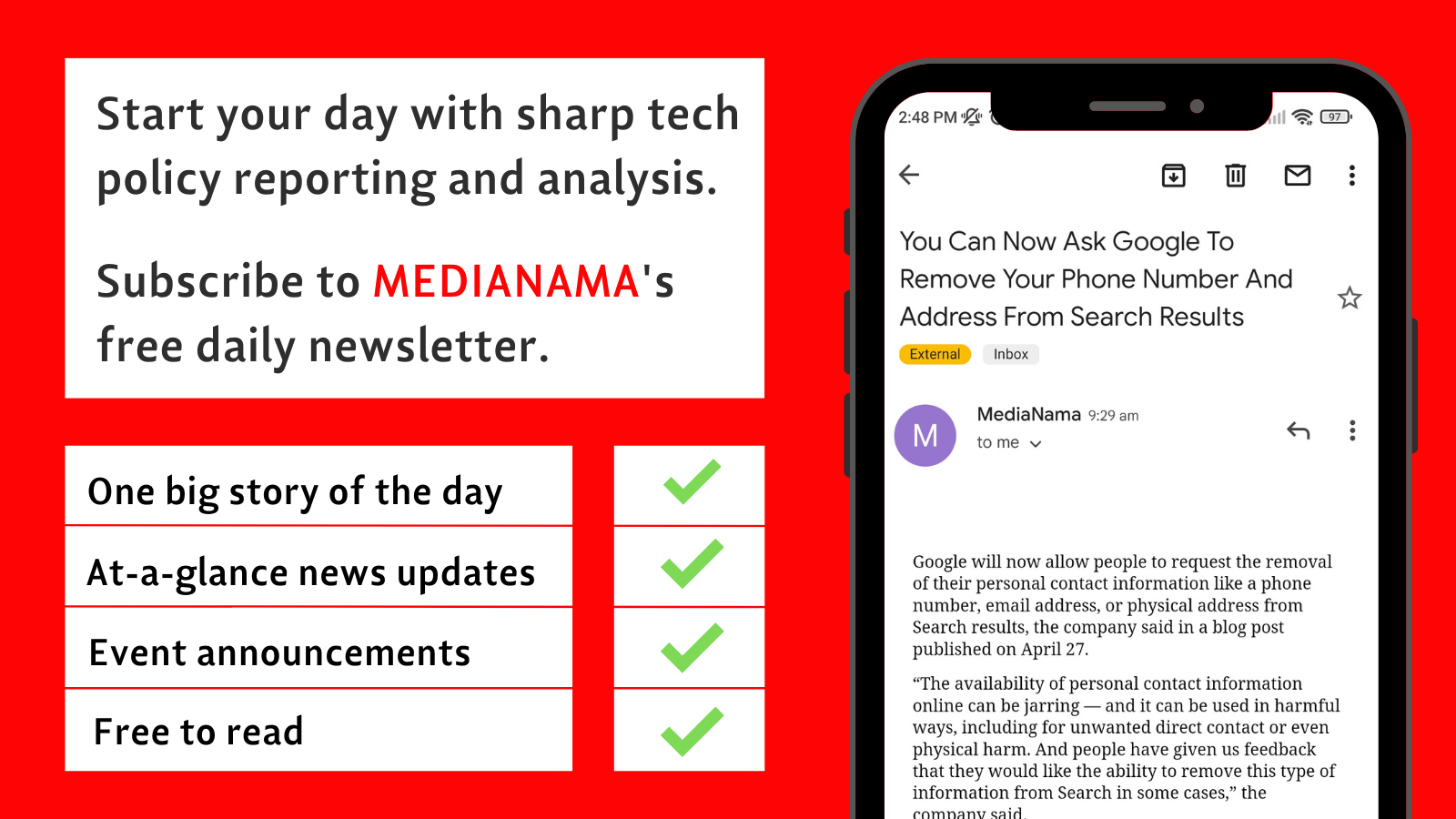The Ministry of Information and Broadcasting (MIB) has issued a clarification stating that Over-the-Top (OTT) platforms are not bound by the 26 percent Foreign Direct Investment (FDI) rule applicable to digital news media publishers. The MIB has observed that OTT platforms only provide a platform or act as a medium for hosting third-party news content without being editorially involved in the curation, similar to the role of a “DTH or a cable service provider”. Is the ministry then saying that OTT platforms are acting as an intermediary here, instead of a publisher?
A bit of context: In 2019, the Indian government capped the FDI limit at 26 percent under the government approval route for entities involved in “uploading/streaming of news and current affairs through digital media”. Back then, we had written about how the move will tighten government control over digital media and also affect the sustainability of such organisations through restricted funding.
STAY ON TOP OF TECH POLICY: Our daily newsletter with top stories from MediaNama and around the world, delivered to your inbox before 9 AM. Click here to sign up today!
In 2020, the government issued a clarification stating that the FDI policy is applicable to digital media entities, news agencies, and news aggregators, which it defined as “an entity which, using software or web application, aggregates news content from various sources, such as news websites, blogs, podcasts, video blogs, user submitted links, etc in one location.” Even then uncertainty over who will be qualified as a “news aggregator” and who exactly will be affected remained. For example, would aggregators like Google News or DailyHunt also be affected by the FDI rule? Also, will social media companies such as Facebook, which has user-generated links, also be considered aggregators?
3. This might impact local bureaus of international publications too. Many contribute directly to websites,and not to television or radio. Not clear exactly what the impact will be, but this part of the clarification is worrying for them: (4/n) pic.twitter.com/aHVRiMKXPU
— Nikhil Pahwa (@nixxin) October 16, 2020
What is MIB saying now?
In its latest press release, the ministry noted that OTT platforms (covered under the IT Rules) “only provide a platform for carriage of third-party news and current affairs content of news channels on ‘as is basis’ without any editorial intervention, and further that OTT platforms are not involved in any aggregation/curation of the news and current affairs content provided by such channels”.
The MIB press release further informs that since TV News Channels are already granted permission under the Uplinking and Downlinking Guidelines, 2022 of the MIB, their entities providing the digital news content are also covered by the FDI policy of the government. “Accordingly, when an OTT platform hosts the digital feed of a TV news channel (granted permission under the extant Guidelines), the stipulation of FDI limit of 26% with Government approval route would not apply to the OTT platform for the mere activity of hosting such feed,” the press release adds.
Aren’t they news aggregators then?
Under the IT Rules 2020, a ‘news aggregator’ is defined as “an entity who, performing a significant role in determining the news and current affairs content being made available, makes available to users a computer resource that enables such users to access the news and current affairs content which is aggregated, curated and presented by such entity”.
The above-mentioned definition of a “news aggregator” under IT Rules does not really explain what news aggregation is or what kind of editorial inputs would qualify an entity to be a news aggregator. In that case, the question remains: If OTT platforms are licensed to host news content on their platforms, aren’t they involved in the aggregation of news content when deciding which channel to host?
Further, under the IT Rules, publishers of news and current affairs or a publisher of “online curated content”, commonly called OTT platforms, are recognised as “digital media”. If one has to go by MIB’s definitions, the uncertainty about the role of an OTT platform, when hosting news content, continues to remain.
While speaking at MediaNama’s event on IT Rules, expert Abhishek Malhotra pointed out that there is no definition of curation in the law to determine a platform’s function as an intermediary or an aggregator. “What is the level of control or interference that I can exercise with the program that is coming onto my platform for me to be qualifying the definition of having curated it,” he adds.
Further, another expert added that “Legalistically, if you determine the content and play a significant role in that, then you are an aggregator. As long as you also play curation and presentation roles, if you’re an aggregator, then you’re definitely a publisher as well.” The experts observe there is a need to flesh out the definition of a news aggregator amidst the ambiguity and overlapping functions on different platforms. So the question remains: Is the ministry treating news streaming on OTT platforms differently than news aggregation on other digital media platforms?
This post is released under a CC-BY-SA 4.0 license. Please feel free to republish on your site, with attribution and a link. Adaptation and rewriting, though allowed, should be true to the original.
Also Read:
- #NAMA Impact Of IT Rules 2021 On News — News Aggregators And Publishers
- Watch: Why New FDI Rules For Digital Media Companies Are Regressive For The Internet Space In India
- Days After Getting Administrative Control, I&B Ministry Tells Digital Media To Comply With FDI Norms By October 2021
- Govt Publishes ‘Clarification’ On 26% FDI In Digital News Media
































